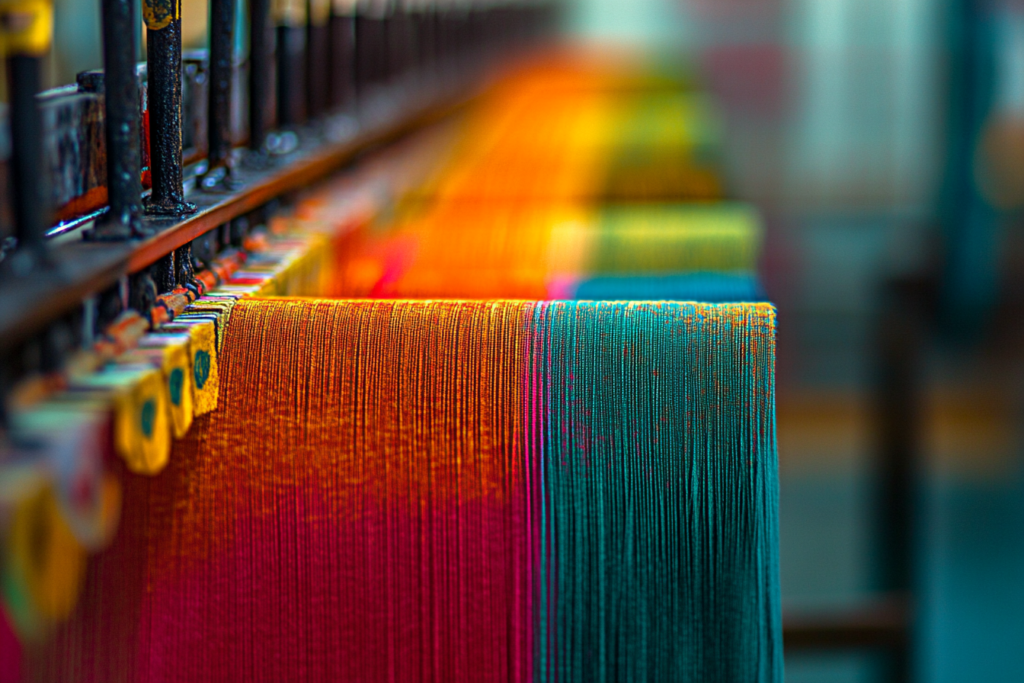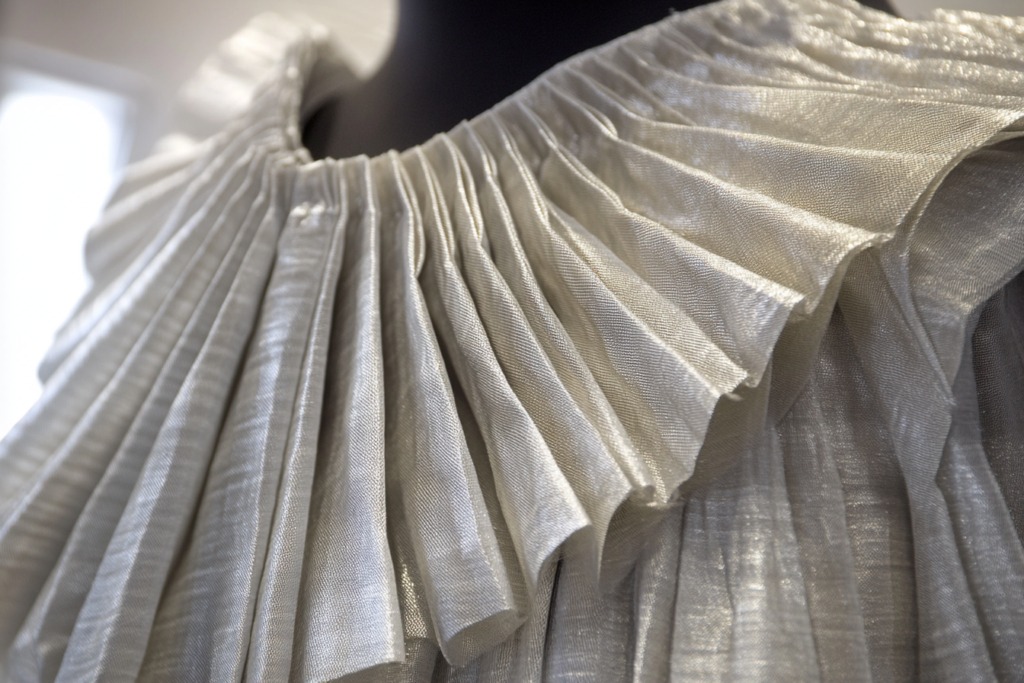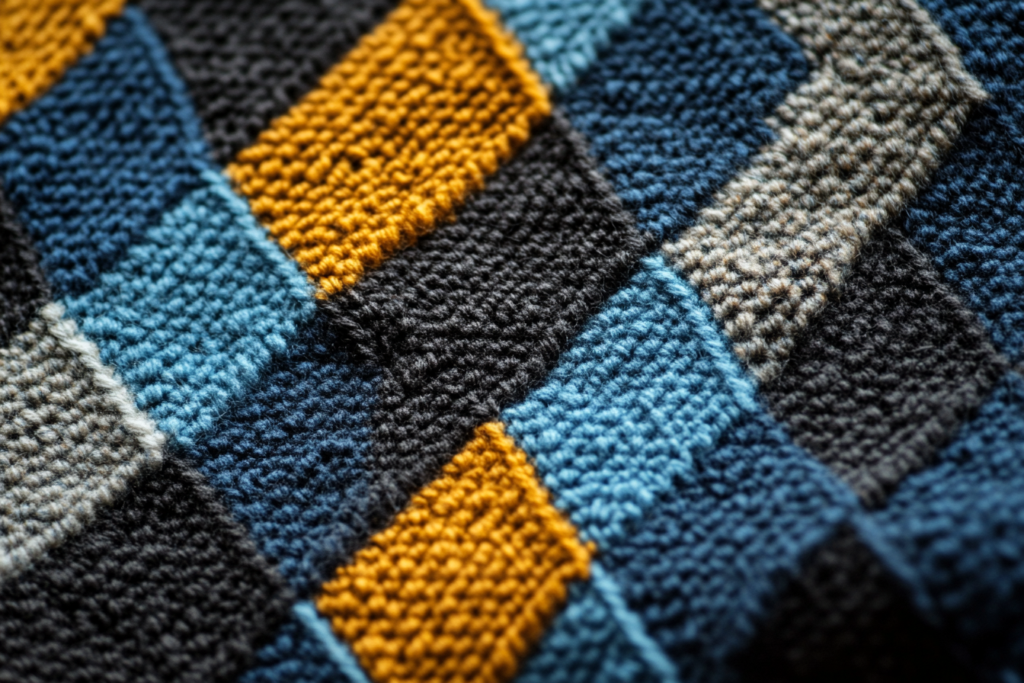Tenter: The Essential Equipment for Fabric Stretching and Shaping
Meta Description: A tenter is essential for fabric processing, stretching fabric and leaving pinholes at the edges. Learn how this equipment shapes fabric and improves its quality.
What is a Tenter?
A tenter is a piece of textile equipment used in fabric finishing processes to stretch and shape fabric after it has been woven or knitted. It is primarily used to ensure that the fabric is smooth, even, and free from wrinkles or distortions. During the tentering process, the fabric is secured by its edges, and as it is stretched across the tenter frame, small pinholes are created at the edges, helping to maintain the fabric’s shape.
The tenter is a critical tool in fabric manufacturing, ensuring that the fabric meets the desired dimensions, smoothness, and strength before it is used for garment production or other applications.
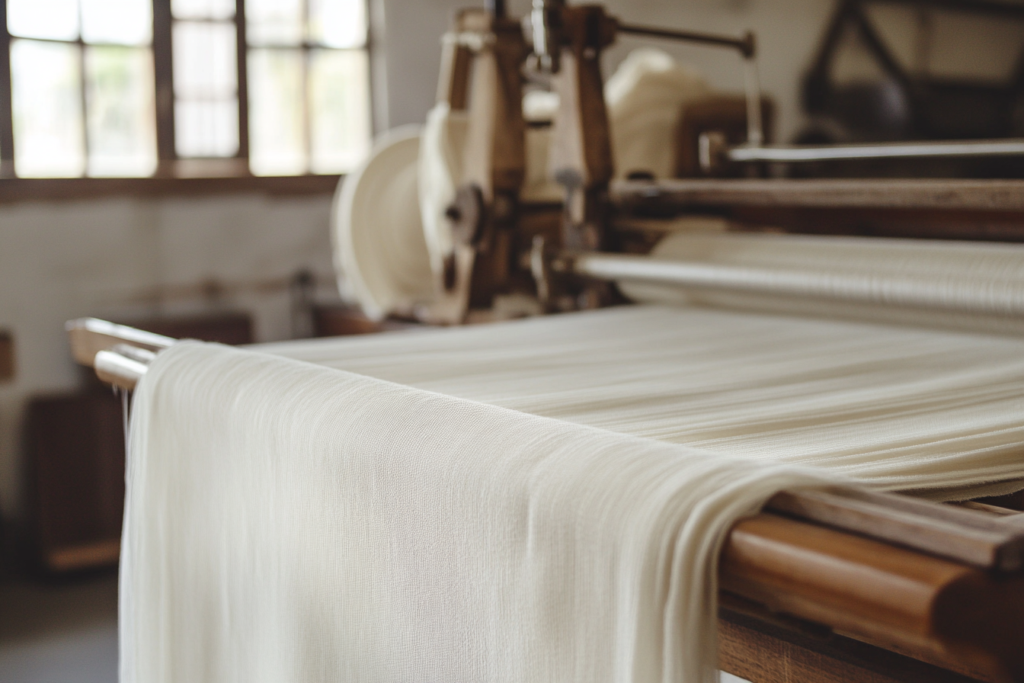
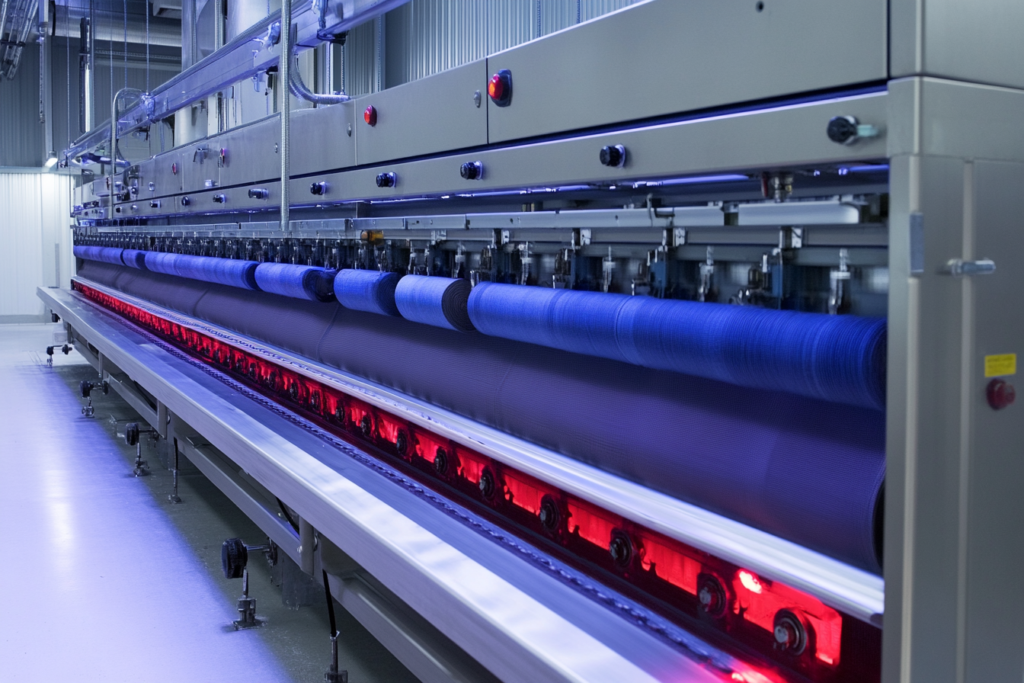
How Does the Tenter Work?
📌 Fabric Securing
- The process starts by feeding the fabric into the tenter frame. The edges of the fabric are fixed with pins or clamps. These pins hold the fabric securely while it is stretched.
📌 Stretching the Fabric
- The fabric is then stretched in both the lengthwise and widthwise directions to straighten any wrinkles or distortions in the weave or knit. The tenter frame ensures the fabric remains uniformly stretched.
📌 Pinholes Formation
- As the fabric is stretched, small pinholes are left along the edges of the fabric where the pins are attached. These holes are generally tiny and often not visible once the fabric is processed, but they are a natural byproduct of the stretching process.
📌 Final Shaping and Drying
- The fabric is typically passed through heating rollers or drying units during the tentering process to help set its dimensions and smooth out any remaining wrinkles. The final product is a stable, smooth, and uniform fabric ready for further finishing or garment production.
Why is the Tenter Important in Fabric Processing?
1. Uniformity and Consistency
- The tenter ensures that the fabric is uniform in terms of width and length. It eliminates the distortions that can occur during earlier stages of fabric production, ensuring a consistent and high-quality product.
2. Wrinkle Removal
- The stretching action of the tenter smoothens out wrinkles that can occur during the fabric’s weaving, knitting, or finishing process. This makes the fabric ready for the next stages of production or garment manufacturing.
3. Dimensional Control
- The tenter is used to control the dimensions of the fabric, ensuring that it conforms to specific measurements for use in clothing manufacturing. The fabric is stretched to its intended width and length, helping prevent shrinkage after the garment is made.
4. Strength and Durability
- Tentering also increases the strength of the fabric by aligning the fibers and creating a more stable fabric. This makes the fabric more resistant to stretching, shrinkage, or distortion during use.
Pinholes in Tentering: What Happens to the Fabric Edges?
📍 What are Pinholes?
- During the tentering process, the fabric edges are fixed to the tenter frame with pins that create small pinholes. These tiny holes are usually along the selvedge or edge of the fabric.
📍 Impact of Pinholes
- While pinholes may seem like a flaw, they are actually a normal part of the tentering process. In most cases, the pinholes are not visible once the fabric is finished, or they may be covered up in the garment’s construction (e.g., in hems, seams, or trims).
- However, the presence of pinholes in the fabric is something manufacturers must take into account, especially if the fabric is to be used for high-quality garments where edge integrity is critical. The pinholes are typically small and do not affect the overall durability or appearance of the fabric once it is processed.
Applications of Tentering
📌 Cotton Fabrics
- Cotton fabrics often undergo tentering to eliminate wrinkles and align the fibers, making them more suitable for shirts, dresses, and home textiles.
📌 Denim
- Denim fabrics are stretched using the tenter to straighten the yarns and ensure the fabric has a smooth, uniform texture for jeans and other denim products.
📌 Synthetic Fabrics
- Synthetic fabrics like polyester or nylon are treated with tentering to remove any distortions and ensure a smooth, consistent fabric that is durable and stable.
📌 Wool and Wool Blends
- Wool fabrics are also subjected to tentering to set their dimensions and improve their overall smoothness and appearance.
Illustration of the Tenter in Action
Below is an illustration showing how the tenter works. The fabric is stretched and fixed with pins along its edges, leaving small pinholes. The fabric is then treated in the tenter frame for smoothing and shaping.

Conclusion: The Essential Role of the Tenter in Fabric Manufacturing
The tenter is an essential piece of equipment in the textile industry, ensuring that fabric is smooth, uniform, and free from wrinkles or distortions. The process of stretching and shaping fabric helps improve its strength, consistency, and appearance, making it suitable for a wide range of applications in garment production and home textiles.
The small pinholes left at the fabric edges during the tentering process are a normal and necessary part of the procedure, contributing to the overall quality and durability of the final product.
